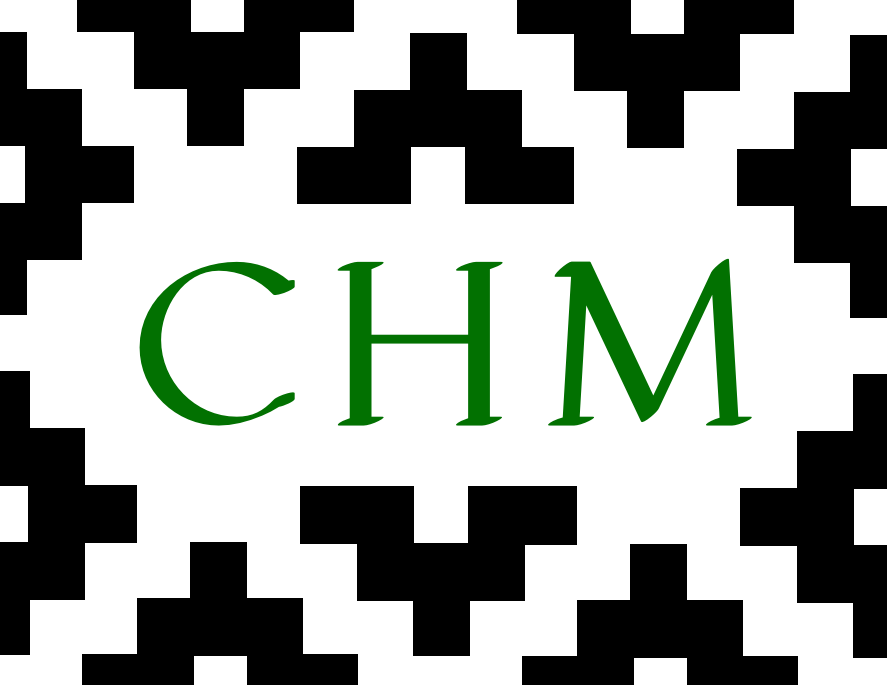Partially Transcribed
This is the oldest textual source explicitly focusing on Mapudungun. Its author is Father Luis de Valdivia, a Spanish priest who was one of the original members of the Chilean Mission of the Society of Jesus (Jesuits), founded in 1593.
Throughout his stay in the country, Valdivia was actively involved not only in the education of the colonists and evangelisation of the Mapuche, but also in early attempts to prevent military confrontations between the two groups. He travelled widely in the territories, learning and preaching in the language (see de Olivares 2005; Toribio Medina 1894).
Valdivia’s Arte y gramatica general de la lengua que corre en todo el Reyno de Chile, con un vocabulario, y confessonario, first published in Lima in 1606, was the result of almost 15 years of first-hand experience with the language and was meant to be a practical tool in preparing missionaries for bringing the Christian message to the Mapuche. The work appears to have been composed with access to an earlier one by Valdivia’s Jesuit contemporary, Fr. Gabriel de Vega, which has since been lost (see Toribio Medina 1894: 40-42, 1897: X-XI, Espindola 1974: 8).
Valdivia’s original volume includes a grammatical treatise, a brief Mapudungun-Spanish glossary (Vocabulario - available as part of CORLEXIM) and a small collection of texts for the purposes of evangelisation. The texts are a collection produced originally in Spanish by a Catholic Council formed in Lima for the purpose of evangelisation of the natives in the newly acquired territories of the Spanish crown. They include (1) a series Christian Doctrinal texts (prayers, lists of sins and virtues, etc.); (2) a Brief Catechism and (3) a Brief Confessionary.
The three religious texts are now available here. The Doctrine and the Catechism are given in the two versions included in the original: one in the dialect claimed to be spoken in the Bishopric of Santiago and the other in that of La Imperial. While the Santiago texts are from a northern dialect which is now extinct, the La Imperial ones are probably not exclussively of the Central variety corresponding to the seat of the bishopric (Carahue, today), but probably encompass the entire area of its mission, from the Malleco river southwards. In this sense, this second dialect may overlap with both the northern and central dialects recognised today (see Croese 1980).
These transcriptions are based on copies of the 1606 edition held at the University of Valladolid (same as PDF below) and the British Library. A second, more widely distributed edition was produced in 1684 in Seville.
Doctrina Christiana — Santiago
Doctrina Christiana — La Imperial
PDF Text (Image Scans)